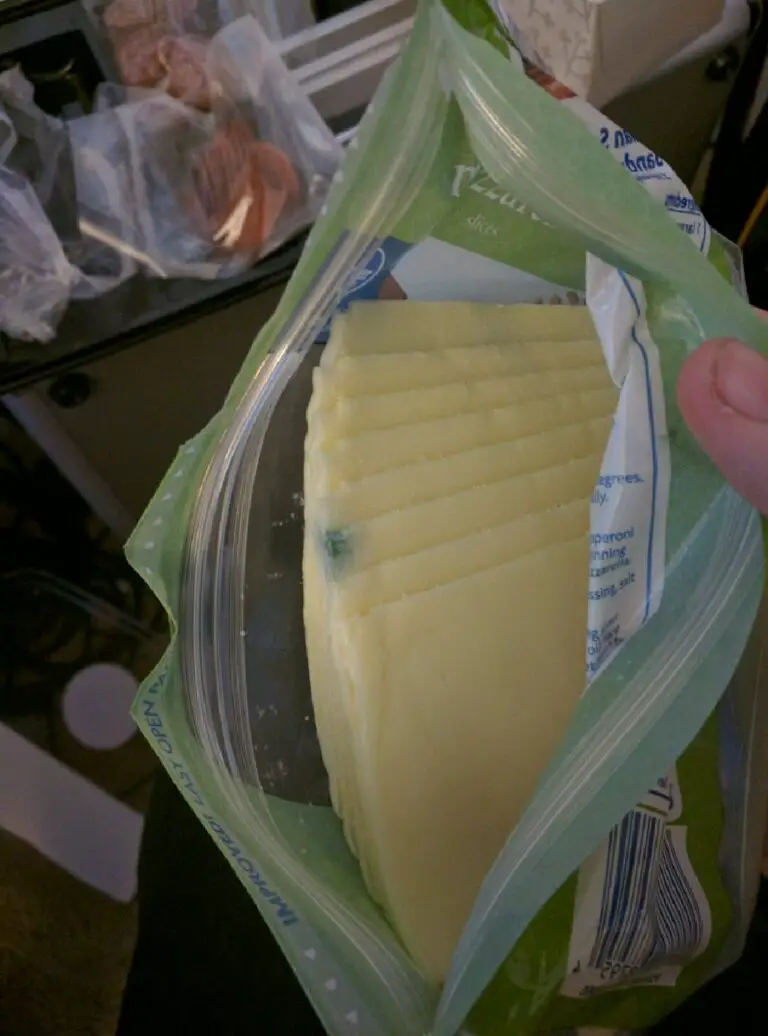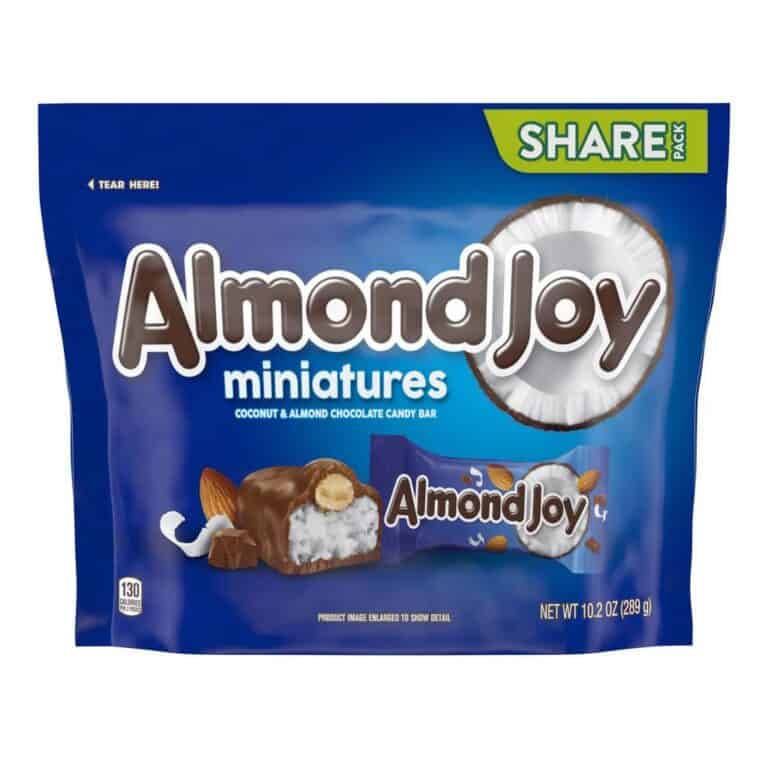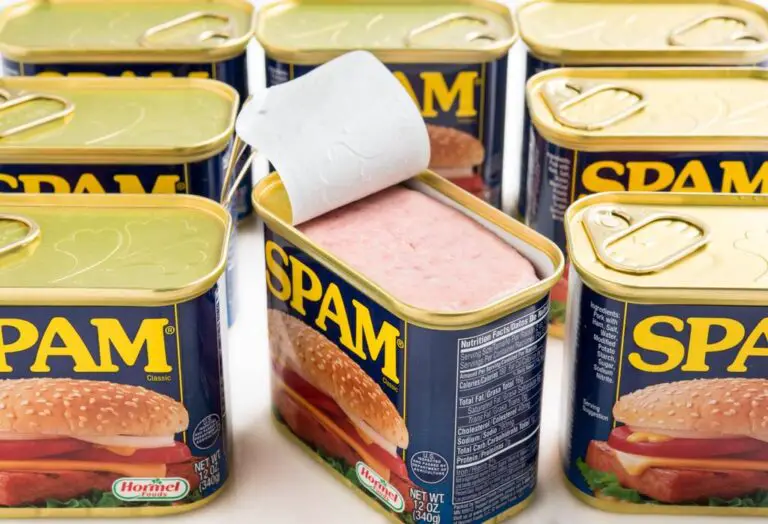Is Spam Real Meat? What Is Spam Really Made Of?
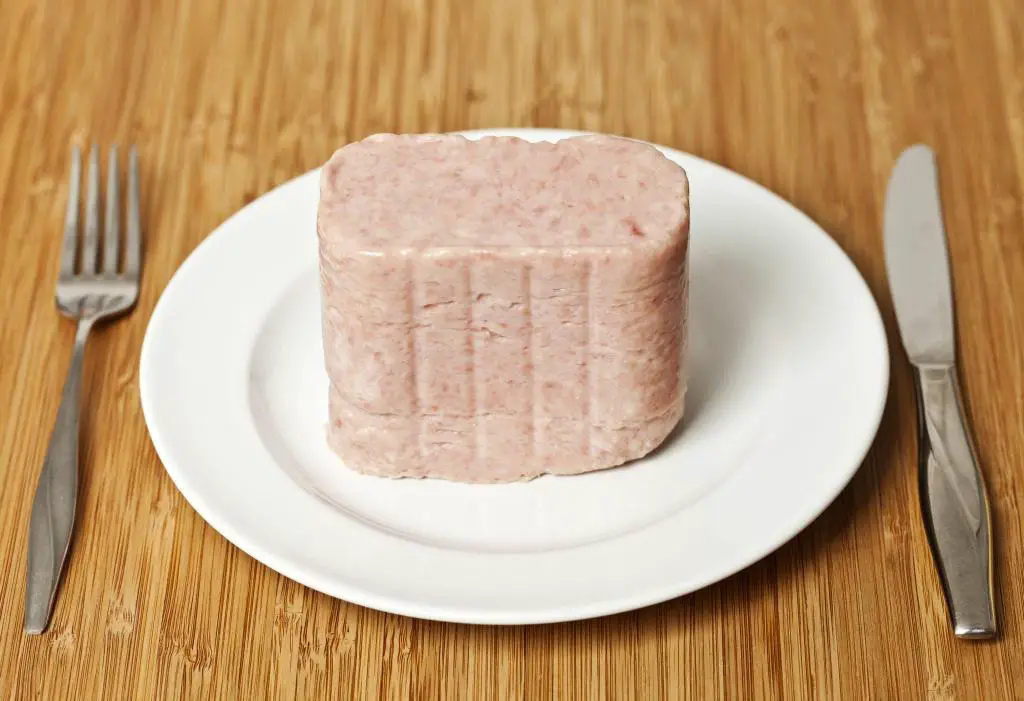
In the world of canned foods, there’s one name that stands out, a name that conjures equal parts curiosity and nostalgia – Spam. That familiar blue-and-yellow can, sitting quietly on the shelf, holds a culinary secret that’s intrigued generations. Is it genuine meat, or is it something else entirely?
Picture this: It’s a busy weeknight, and you need a quick meal solution. You reach for a can of Spam, and as you slice it into the pan, you wonder what this iconic product truly consists of. Is it a blend of succulent meats carefully preserved for convenience, or is there more to the story?
In this journey through the mystery of Spam, we’ll uncover the fascinating history behind this canned delight and reveal the precise ingredients that compose it. We’ll explore its nutritional value, its culinary versatility, and, most importantly, answer the age-old question: Is Spam real meat? Join us as we peel back the lid on the secrets of Spam.
Unveiling the Mystery of Spam
The History of Spam
Before we dive into the composition of Spam, it’s essential to understand its fascinating history. The Hormel Foods Corporation introduced us to spam, which entered the culinary spotlight in 1937. However, it wasn’t until World War II that this canned meat achieved stardom.
During the war, Spam became a critical component of soldiers’ rations due to its long shelf life and the convenience it offered. Its affordability and reliability made it a staple during challenging times, earning the nickname “Hormel’s Spiced Ham” and eventually being fondly called Spam.
The soldiers’ love for Spam extended to the civilian population back home, and it soon found a permanent spot on American dinner tables. It shows Spam’s adaptability and its enduring popularity as a beloved ingredient in many culinary creations.
So, before we dissect its ingredients, remember that Spam isn’t just a canned meat; it’s a piece of history, a symbol of resilience, and an integral part of many family recipes passed down through generations.
Is Spam Real Meat?
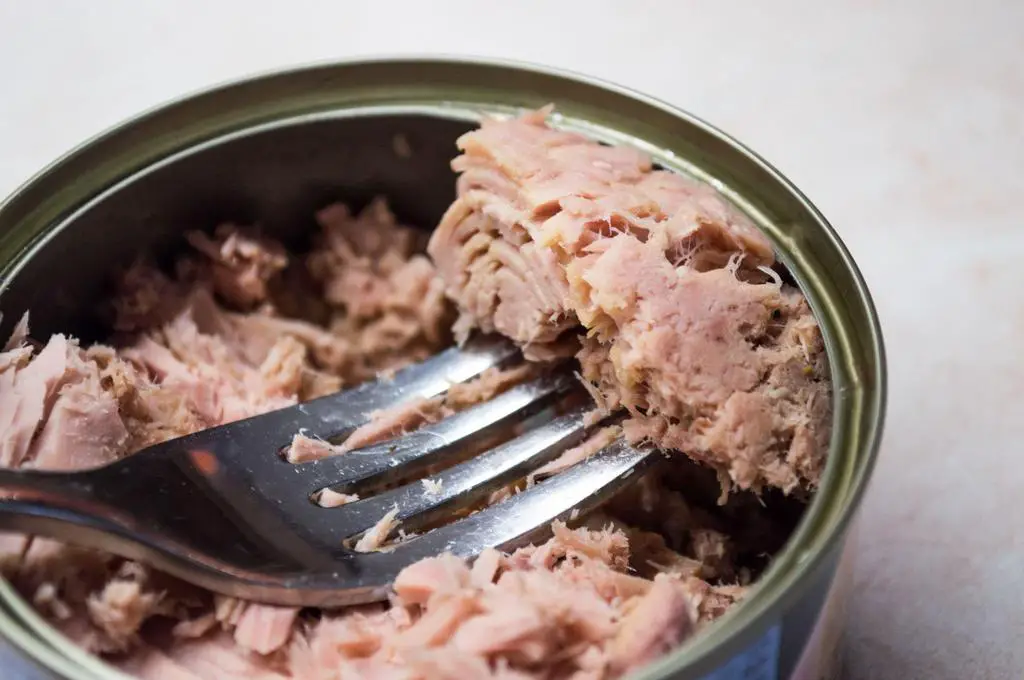
Yes, Spam is indeed real meat, though its makeup might raise an eyebrow or two. Inside that familiar blue-and-yellow can lies a concoction of meaty goodness. It is processed pork shoulder and ham with a hint of salt, sugar, and a unique blend of spices to tantalize your taste buds.
This amalgamation is then finely ground and meticulously sealed into its iconic container, ready to join your pantry.
Ingredients in Spam
Let’s take a closer look at the ingredients typically found in a can of Spam:
| Ingredient | Purpose |
| Pork Shoulder | Primary meat source |
| Ham | Adds flavor and texture |
| Salt | Acts as a preservative |
| Water | Helps with texture and moisture |
| Sugar | Balances flavors |
| Spices | Imparts distinctive taste |
These ingredients come together to create a distinctive taste that many people associate with Spam. While Spam primarily contains pork, it also includes other components to enhance its flavor and shelf life.
The Canning Process
The canning process is essential to Spam’s preservation and shelf stability. After mixing the ingredients, the meat is tightly packed into cans and sealed. The cans are then cooked to a specific temperature to kill any bacteria and ensure the product is safe for consumption.
This canning process contributes to the long shelf life of Spam, making it an excellent option for emergency food storage.
Nutritional Information
Let’s move on to the nutritional aspects of Spam. Understanding its nutritional content can help you make informed decisions about including it in your diet.
Calories and Serving Size
A 2-ounce (56 grams) serving of Spam contains approximately 180 calories. The serving size may vary depending on how you prepare it, but this is a common reference point.
Protein Content
Spam is a decent source of protein, with a 2-ounce serving providing around 7 grams of protein. It’s a convenient way to incorporate protein into your meals, whether you’re camping, in a hurry, or just looking for an easy meal option.
Fat and Sodium
It’s worth noting that Spam is relatively high in both fat and sodium. A 2-ounce serving contains about 16 grams of fat and 790 milligrams of sodium. While the fat content is on the higher side, the sodium content is notably high. Therefore, it’s essential to consume Spam in moderation, especially if you’re watching your sodium intake.
Vitamins and Minerals
Spam does offer some essential vitamins and minerals. It contains a small amount of vitamin C, niacin, vitamin B6, and phosphorus. However, it’s not a significant source of these nutrients compared to other meats.
Is Spam Healthy?
The question of whether Spam is a healthy food option is a complex one. It can be part of a balanced diet, but moderation is key. While it provides protein and essential nutrients, its high sodium and fat content make it less suitable as a daily dietary staple.
The convenience and shelf stability of Spam can be especially useful in emergency situations or when you’re on the go. However, relying on it as a primary protein source is not recommended for long-term health.
Culinary Uses of Spam
How to Cook Spam
Spam is a versatile ingredient in the kitchen. You can enjoy it in various ways, including:
- Frying: Slice it and pan-fry until it’s crispy and golden brown.
- Grilling: Grill Spam slices for a smoky flavor.
- Baking: Baking Spam with a glaze or sauce can be a delicious option.
- In Sandwiches: Use slices of Spam in sandwiches or sliders for a unique twist.
Recipes with Spam
Here are a couple of quick and easy recipes featuring Spam:
Spam and Pineapple Skewers
Ingredients:
- 1 can of Spam, cut into chunks
- Fresh pineapple chunks
- Bell peppers, cut into chunks
- Wooden skewers
Instructions:
- Thread Spam, pineapple, and bell pepper onto skewers.
- Grill or broil until the Spam is slightly crispy and the pineapple and peppers are tender.
Spam Musubi
Ingredients:
- 1 can of Spam, sliced
- 2 cups of cooked sushi rice
- Nori seaweed sheets
- Soy sauce
- Furikake seasoning
Instructions:
- Sear Spam slices in a pan until slightly crispy.
- Lay a sheet of plastic wrap on a clean surface.
- Place a musubi mold or can on the plastic wrap.
- Layer in this order: nori sheet, a scoop of rice, a slice of Spam, another scoop of rice, and a sprinkle of furikake.
- Wrap the plastic wrap around the musubi and shape it.
These are just a couple of ideas for incorporating Spam into your meals. Feel free to get creative in the kitchen.
In Conclusion
In conclusion, spam is neither real meat nor a food product that can easily be defined. While some consider it a staple in certain cuisines and appreciate its convenience, others argue that its processed nature and high sodium content make it an unhealthy choice.
However, regardless of personal opinions on taste or nutritional value, one thing remains clear: The truth about what spam really is lies in understanding its history and cultural significance.
Originating during World War II as a means to provide soldiers with a convenient source of protein, spam quickly gained popularity due to its long shelf life and versatile uses.
Over time, it became more than just a wartime necessity; it became ingrained in the culinary traditions of many cultures around the world. From Hawaii’s love for spam musubi to South Korea’s spicy budae-jjigae incorporating slices of this canned meat product, the impact and acceptance of spam cannot be denied.
It is important to remember that while spam may hold sentimental value for some, it still poses health concerns due to its highly processed nature. As consumers become more mindful of their dietary choices, alternative options are emerging to cater to different tastes and needs.
In the end, whether you choose to embrace or eschew spam as a food option is entirely up to you—just make sure you’re aware of what you’re consuming and take advantage of all the other creative possibilities our global pantry has to offer.



